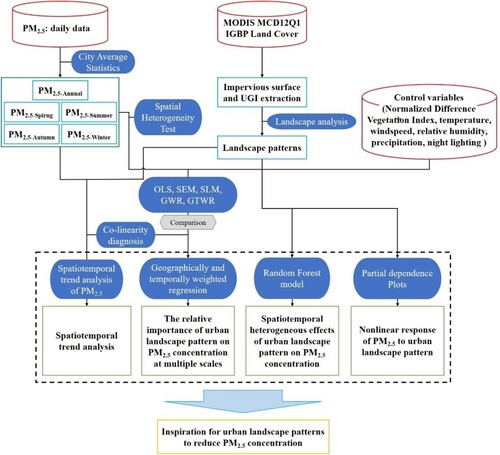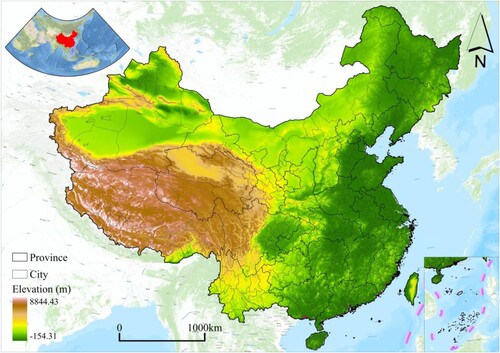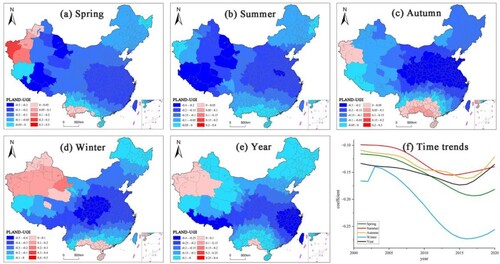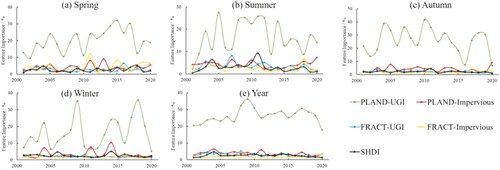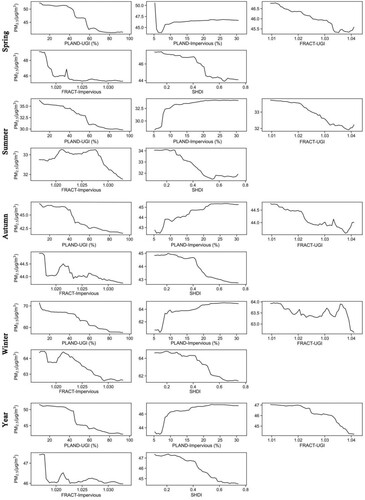Figures & data
Table 1. Data summary.
Figure 4. Spatial distribution (a-e) and temporal trend (f) of PLAND-Impervious regression coefficients.
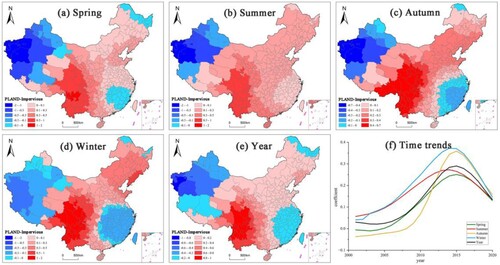
Figure 6. Spatial distribution (a-e) and temporal trend (f) of FRACT-Impervious regression coefficients.

Supplemental Material
Download MS Word (69.3 MB)Data availability statement
Relevant data used for this study are available from the corresponding authors upon request.

